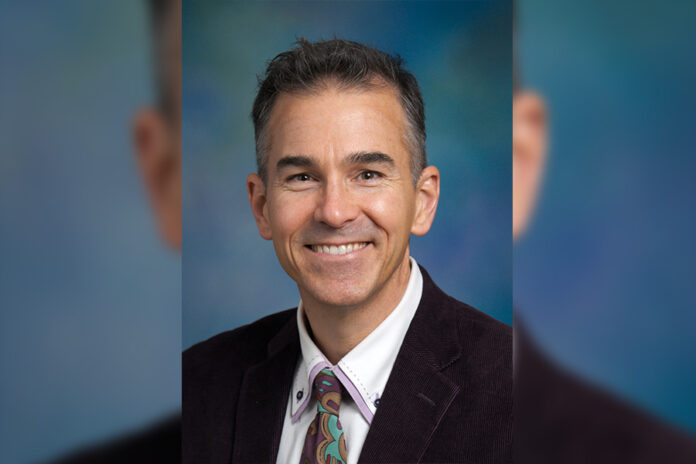Professor Hastings’ passion and involvement in the field of developmental psychology
It was not science, but a love for literature that introduced Paul Hastings, a professor in the department of psychology, to the field which he would continue to pursue for years to come.
“What it was about reading and literature and mythology and everything like that that I loved was how the authors created such complex and multifaceted characters and what the motivations were for truly well rounded complex characters,” Hastings said.
With an inclination toward the pre-medical path, Hastings enrolled in the general science program at McGill University. Besides all of the STEM courses he was required to take, he had room in his schedule for two elective classes. Growing up with an interest in the physical sciences, Hastings decided to take a geology class in addition to Introduction to Psychology. He explained that he deeply resonated with the class and became excited at the prospect of studying how and why people become who they are. It was because of this newfound passion that he decided to take an introduction to developmental psychology his second year, which is his current field of interest.
“[That class] really was getting exactly at that question of the becoming, the unfolding,
over time from the roots of life, how people progress through infancy and childhood and adolescence in the context of their relationships with the unfolding of their maturing abilities,” Hastings said. “And that just completely captivated me.”
Through these classes, Hastings was able to realize how the character differences that he loved within literature could be applied to and studied in the scientific field as well. It was then that his infatuation with developmental psychology emerged and it hasn’t changed since.
It was during his undergraduate career that he had heard of Jane Ledingham and Alex Schwartzman’s study, the original inspiration behind Hastings’ recently published study, “Predicting psychosis-spectrum diagnoses in adulthood from social behaviors and neighborhood contexts in childhood,” which he worked in collaboration with the two, in addition to Lisa Serbin and Dale Stack.
Their study, conducted in the 1970s, consisted of evaluating how children’s social behaviors and environmental factors predicted potential mental health issues during adulthood. Having heard of this study during his undergraduate career, he later conversed with Schwartzman at Concordia University about their interest in expanding on his initial research.
“I got me really excited to start to think about examining how these multiple influences on mental health play out not just over months and years, but over decades,” Hastings said. “I saw this as an opportunity to take the kinds of questions I had been examining much further and into an area of work I had never studied before which is psychosis spectrum mental illness.”
Hastings defined psychosis-spectrum mental illnesses to be hallucinations and delusions, which create feelings of confusion in the affected person and requires constant support or medication. He believes it is important to learn about the predictors of these psychiatric disorders in order to attempt to prevent them, as they are hard to treat once developed. As the original study was conducted through a survey of adults, there were various limitations. Therefore, Hastings’ recent study included almost 4000 children where they reported on each other’s social behaviors and related this to the socioeconomic aspects of the environment they lived in.
“I think that the most important findings were the ones that confirmed and further informed the hypotheses that led Schwartzman and Ledingham to design the CLRP (Concordia Longitudinal Research Project,” Hastings said. “We found that children who were raised in more disadvantaged urban neighborhoods were more likely to develop schizophrenia and bipolar disorder with psychosis over the next 30 years, compared to children raised in more economically advantaged urban neighborhoods. The combination of neighborhood conditions and children’s social characteristics also contributed to their risk.”
With this new knowledge, Hastings believes improving school qualities or allocating neighborhood conditions in socioeconomically disadvantaged areas may be able to prevent these diseases from occurring. In addition, children at risk of developing this disorder could undergo cognitive behavioral or other psychosocial treatments.
One topic that Hastings becomes excited about is looking into children’s development of empathy, kindness and compassion. Although many people view psychology in mostly the clinical aspect such as therapy or counseling, Hasting explained that that is but one aspect of the field. Holistically, it is about understanding the human condition from a scientific approach.
“I think what a lot of people don’t realize until they start to take a psychology course is that most of the work in psychology is really this research oriented approach to understanding thoughts, feelings and behaviors as they make us be the individuals and the social beings that we are,” Hastings said.
Written by: Michelle Wong — science@theaggie.org




